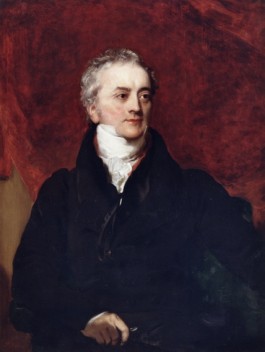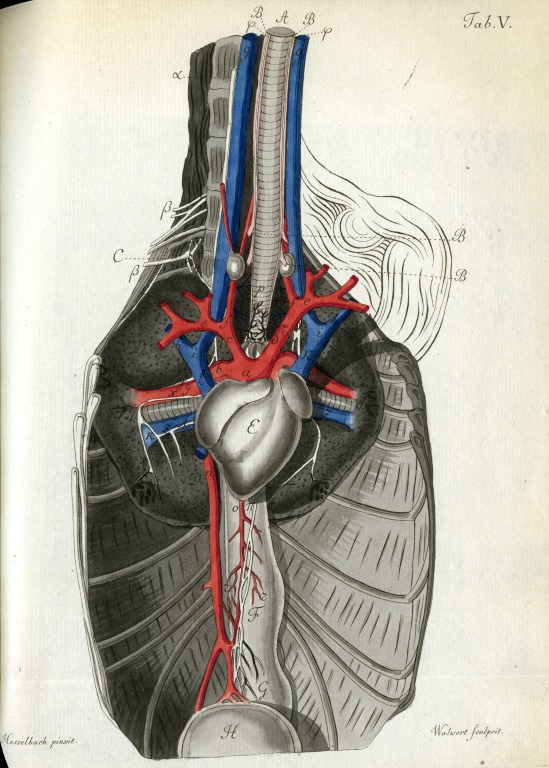Today Michelle Oyen, Reader in Bioengineering at Cambridge University and member of the Editorial Board of Journal of The Royal Society Interface, tells us how an early polymath had a surprising influence on a modern field.


Aspiring engineers invariably first hear of the 19th century polymath Thomas Young at the very beginning of their studies. Young’s modulus of elasticity (E) is one of the most fundamental constants in engineering, representing stiffness—an intrinsic property of materials. The linear spring–like behaviour of materials, now characterized by E, was earlier established by Robert Hooke, another great English polymath.
Fewer students than have performed a calculation using Young’s modulus likely know about the breadth of Young’s contributions to history: in addition to being a physicist, Young was also a practicing physician, an Egyptologist, and arguably one of the fathers of modern biomechanics. Young was famous in the physics word for his knowledge of optics, having been the first to establish the wave nature of light and having pioneered the Young double slit experiment to illustrate interference. His interest in optics extended to the human eye, where he helped to establish the mechanism of how the lens changes shape to allow visualization of objects across a range of focal distances. A discussion of Young’s contributions in this field can be found in the anniversary issue of Philosophical Transactions B.

The eye was not Young’s only interest in biomechanics; he also published on the engineering hydraulics of blood flow. In this work, Young applies his knowledge of stiffness of materials to concerns regarding whether arteries and veins are stiff like glass tubes (large E) or are compliant (small E) and expand and contract as blood flows, and whether this matters. The manuscript starts:
“The mechanical motions, which take place in an animal body, are regulated by the same general laws as the motions of inanimate bodies. Thus the force of gravitation acts precisely in the same manner, and in the same degree, on living as on dead matter…”
Thus is summarized the entire field of biomechanics, in which approaches from engineering mechanics are used to study living (or once living) cells, tissues, and organisms. As with his work on the eye, he was so far ahead of his colleagues that it took decades for his contributions to be fully recognized.
As a biomechanician of the 21st century, all of this was unknown to me until I started research for this piece. Charged with writing about something historically interesting from the archives of Philosophical Transactions, I started by putting names of great mechanicians into the search engine’s author box. I was surprised to find that Young—he of the ubiquitous-to-an-engineer elastic modulus—was such an important historical figure in my own research field. I intend to use this knowledge to completely rewrite my introductory lectures when teaching: the foundation of biomechanics exists long before the 20th century.
